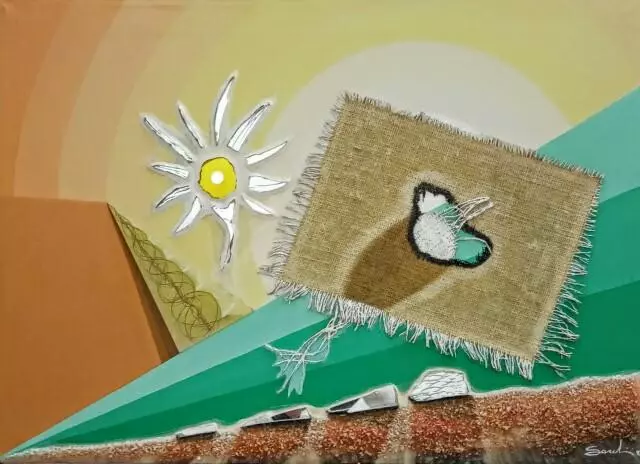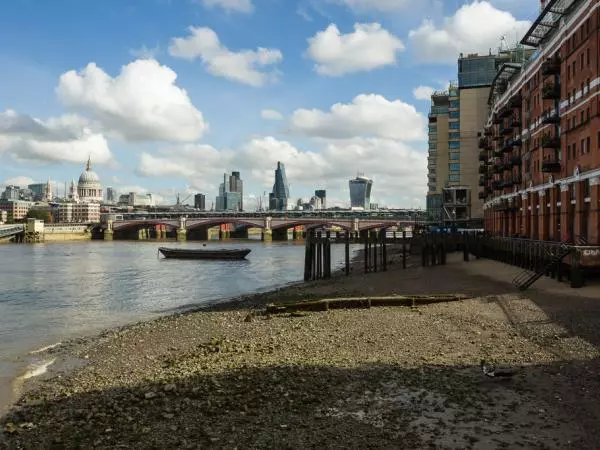Islands not found:
the indomitable anxious
by Maurizio Sacchini
The myth of the island is a sedimented topos of literature and world cinema: very frequently the plots of novels or films take place on a portion of land surrounded by water, with effects linked to the peculiarities of an existence in a condition of estrangement from to the mainland.
Thomas More, English author of the sixteenth century, through Itlodeo, projects the reader into the idyllic island territory of Utopia, which has a perfect social organization, where the principle of freedom is ensured to all those who reside there, in which there is no private property. Its inhabitants dedicate themselves to manual activities for six hours a day, while they spend the residual time of the day studying and resting: a desirable condition, a Renaissance dream of a society entirely projected towards culture, imperturbable in its serenity. What is introduced is therefore a perfect place, described in great detail, as likely as it is impossible. It is in fact a non-existent space, a de facto locality unattainable in its idealization.
Remaining in the context of Anglo-Saxon literature, James Matthew Barrie presents the island with a strong magical and adventurous component, in which it is possible to experience extra-ordinary things, not without a negative connotation: Neverland is in fact a land of perdition, as it suggests. already the name assigned to Peter Pan's companions, the lost boys (lost boys), wild and mysterious, with an ideological substrate deriving from adventure novels such as The Coral Island (1858) by RM Ballantyne and Treasure Island (1883) by RL Stevenson : a microcosm animated by people in league with each other for the control of the territory.
In both the works mentioned the relative protagonists appear rooted and operating in the narrative context to which they belong, albeit imaginary. Transferring the terms of comparison from the literary field to the artistic one, it is interesting to note that Maurizio Sacchini seems to be denied a place of action, even though he searches for it eagerly, with an underlying restlessness that never leaves him.
In this sense, and its islands not found are a goal not reached, perhaps not reachable: through a recurring symbolism, which constitutes its iconological and iconographic corollary, the bystander perceives the passage of time, the change: to the concentricity of in fact, a daytime sky replaces the nocturnal ones, through refined shades, differently illuminated. The pyramid and geometric figures stand out, already widely used alchemically by Gino De Dominicis, geographically close to the author in question. Like the arist from the Marche region, the Maestro analyzed here also induces reflection and contemplation, albeit with the following difference: if the first moves to action in the ideal attempt to stop the irreversibility of time through artistic practice, in the repertoire of the second there is an evident melancholy for the impossible achievement of a mysterious reality to which human existence refers.
The King of Spain set sail
looking for the enchanted island,
but that island was not there,
and nobody ever found it.
Devoid of space-time coordinates, the viewer ventures into the painter's inner world. Fragments of material closely connected to his experience accompany his works: the common jute used for the production of food bags is the one he saw in the countryside of his childhood, as well as the breach that constitutes the shoreline of the beaches of his islands . The mirror fragments, in addition to fulfilling an aesthetic function, with all the refractive effects deriving from it, in search of a greater involvement of the bystander, are charged with meaning in their being a passage between the world of reality and the imaginary world, according to a contrast between the eye and the gaze, between seeing and understanding, between exteriority and interiority.
As in Pistoletto and Anish Kapoor, a disorienting mechanism of multiplication and decomposition takes over. In this game the spectator is involved as a co-subject, but also as an active part of the creative process.
The compositional balance that presides over works of such a conception is refined and calibrated: immobile silhouettes, such as the pyramid, eloquent in its meaning of immutability, are counterbalanced by balloons and kites, often torn, burned, crossed with burst of geometric elements: a shattered desire for freedom.
Sometimes a palm tree appears, an iconographic datum closely linked to the idea of an island: a bridge connecting the earth and the otherworldly (due to its height), it is also a symbol of life and rebirth, due to its capacity for development and growth in conditions of adversity.
The composition is further enriched by differently oriented tips, as if to indicate a direction, sometimes in contrast with the tips of the pyramids, sometimes in agreement with the sense of the vertices of those
The divergent planes intersecting each other make a latent dynamism tangible, in the light of which the pictorial surface becomes a seraphic field of clashes, clashes of lines as well as energies. In their silence, the sunny geometric landscapes created by the Master, spokesman for incommunicable messages in words, cry out a strong will to break.
.Ivan Caccavale
Critic, Historian
is
Art curator

 Share / Save
Share / Save






Comments 0
Say something